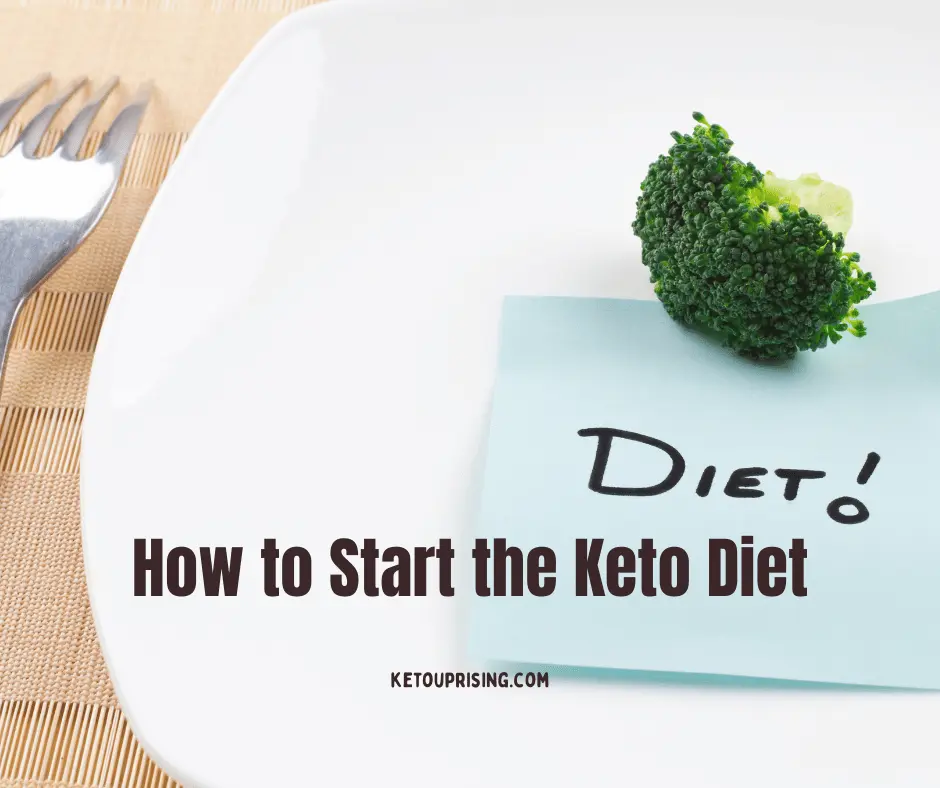Embarking on a ketogenic diet can be life-changing, but like any significant lifestyle shift, it requires preparation, knowledge, and a touch of creativity. The journey to ketosis isn’t just about cutting carbs—it’s about discovering how your body thrives on a new energy source. Are you ready to rewrite your dietary story? Let’s explore how to get started.
Step 1: Reflect on Your “Why”
Before you dive into the keto lifestyle, take a moment to think about your motivations. Are you looking to lose weight, improve energy levels, or manage a health condition? As the saying goes:
“He who has a why to live can bear almost any how.” — Friedrich Nietzsche
Jot down your goals and keep them visible. They’ll serve as your guiding light on this transformative journey.
Step 2: Understand the Basics of Keto
At its core, the ketogenic diet revolves around a macronutrient split:
- 70–75% fats
- 20–25% protein
- 5–10% carbohydrates
This balance encourages your body to enter ketosis, where fat becomes the primary fuel. Think of it this way: instead of running on sugar, your body becomes a fat-burning machine.
Ask yourself: What role do carbs currently play in my life? Am I ready to embrace fats as my new energy ally?
Step 3: Stock Your Pantry with Keto Staples
Success starts with preparation. Here’s a list of essential keto-friendly foods to have on hand:
- Healthy Fats: Avocado, olive oil, butter, coconut oil, and nuts.
- Proteins: Grass-fed beef, eggs, chicken, and fatty fish like salmon.
- Low-Carb Vegetables: Spinach, zucchini, broccoli, and cauliflower.
- Keto Snacks: Cheese, pork rinds, and nut butters.
A clutter-free pantry and a well-stocked fridge pave the way for effortless keto meal prep. As you shop, ask yourself: Am I choosing foods that nourish my body and align with my goals?
Step 4: Plan Your Meals
Creating a meal plan ensures you stay on track, especially during the first few weeks. A simple 3-step formula for keto meals is:
- Pick a protein: Chicken thighs, steak, or tofu.
- Add healthy fats: Butter, olive oil, or avocado.
- Pair with low-carb veggies: Spinach, zucchini, or bell peppers.
Consider this quote: “A goal without a plan is just a wish.” — Antoine de Saint-Exupéry.
Write down your weekly menu, including breakfasts like keto pancakes, lunches like bunless burgers, and dinners like grilled salmon with roasted asparagus.
Step 5: Prepare for Challenges
The first week of keto can be tough as your body adapts to the new fuel source. Some experience the “keto flu,” with symptoms like fatigue, headaches, and irritability. Combat this with these tips:
- Hydrate: Drink plenty of water.
- Replenish Electrolytes: Add salt, magnesium, and potassium to your diet.
- Stay Patient: Remind yourself that this phase is temporary.
Ask yourself: How can I set myself up for success when challenges arise?
Step 6: Track Your Progress
Tracking tools can help you monitor your macros and ensure you stay in ketosis. Popular options include:
- Apps: MyFitnessPal, Carb Manager, or Cronometer.
- Ketone Testing: Urine strips or blood ketone monitors.
Remember, keto isn’t about perfection. Celebrate small victories, like mastering your first week or crafting a delicious keto dessert.
Step 7: Tailor Keto to Your Needs
Every individual is different, and so is their journey with keto. Consider these variations:
- Vegetarian Keto: Incorporate plant-based fats and proteins like tofu and nuts.
- Athlete’s Keto: Include higher protein levels and experiment with targeted carb intake for workouts.
As you customize, think: What makes my keto journey uniquely mine?
Step 8: Enjoy the Benefits and Stay Curious
Once you’ve settled into the keto lifestyle, reflect on how you feel. Are you more energetic, focused, and in control of your hunger? These small wins accumulate into profound changes.
“Success is the sum of small efforts, repeated day in and day out.” — Robert Collier
Stay curious about your body’s needs, and remember, keto is a flexible tool, not a rigid rulebook.
Final Thoughts
Starting the keto diet is more than just a dietary shift; it’s a journey of self-discovery. It’s about understanding how your body responds to change, embracing challenges, and celebrating progress.
So, are you ready to take the first step toward a healthier you? The path to ketosis begins with a single decision. Let’s make it count.

